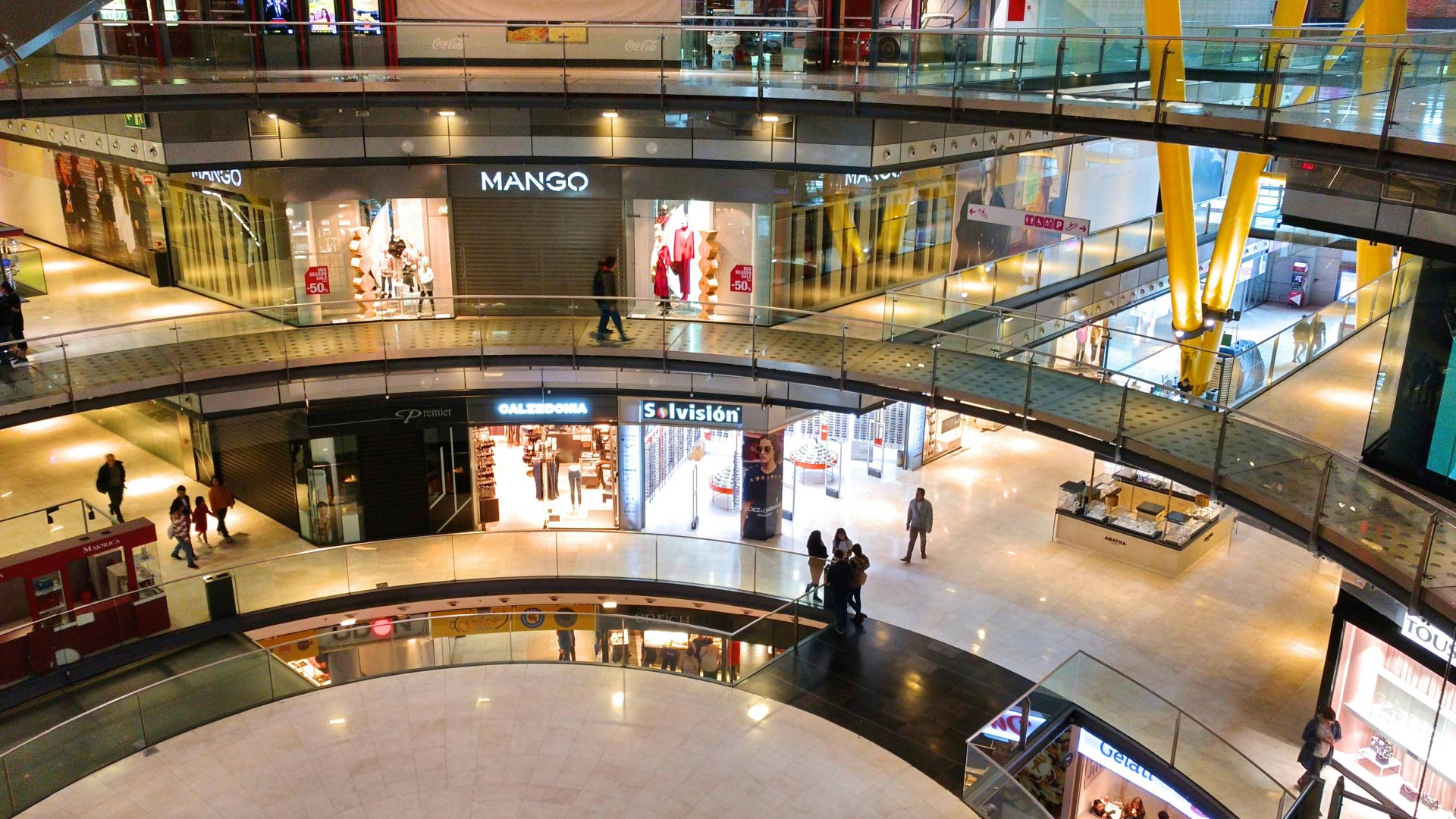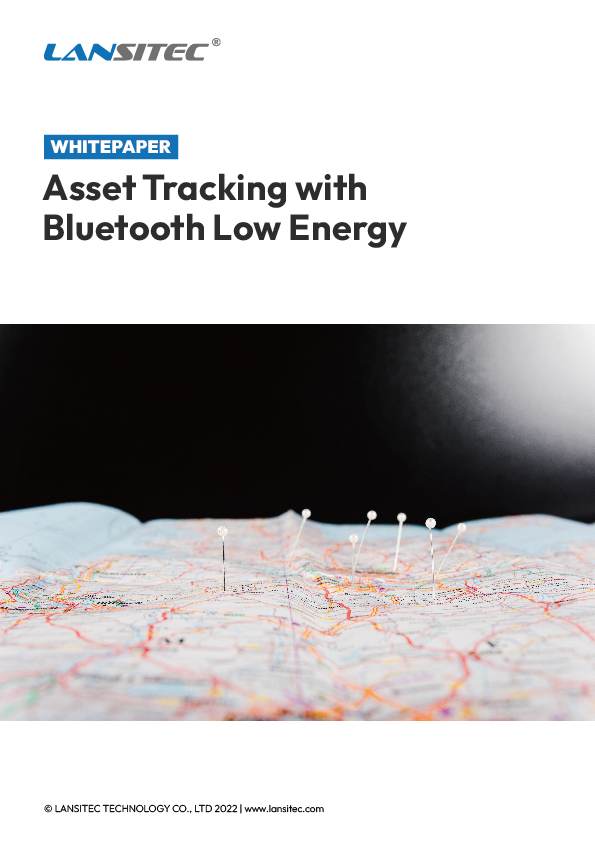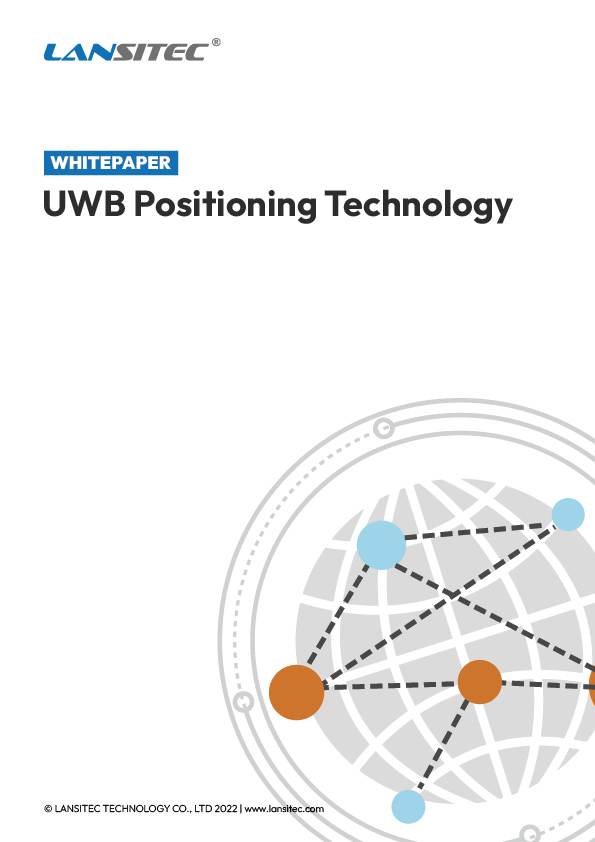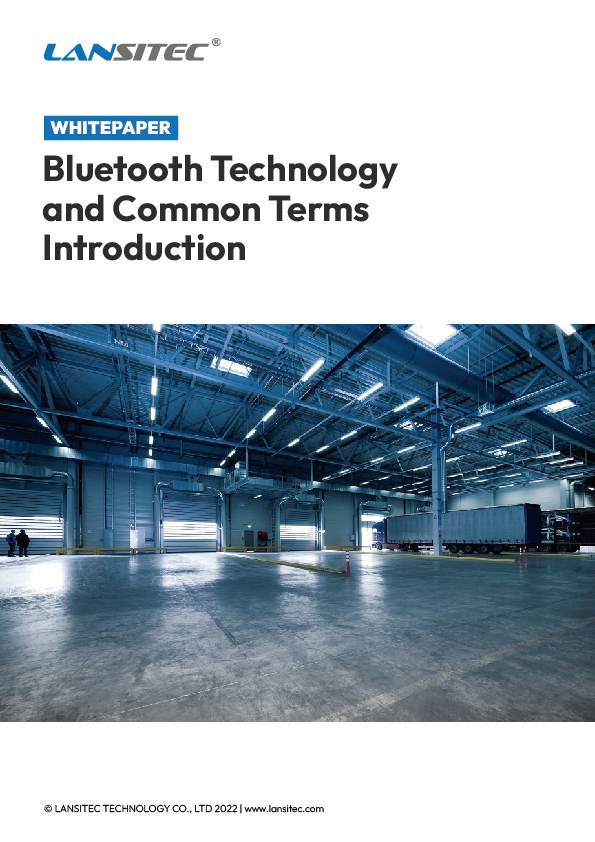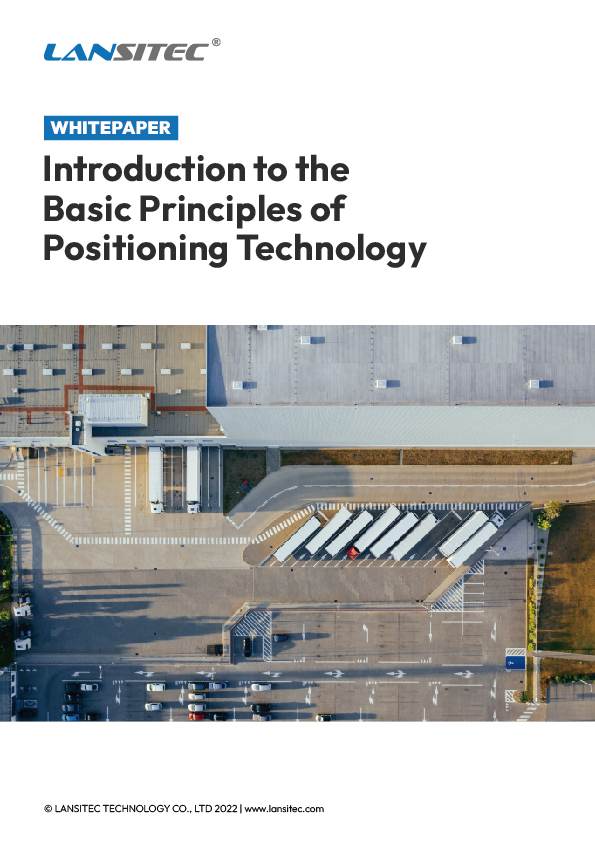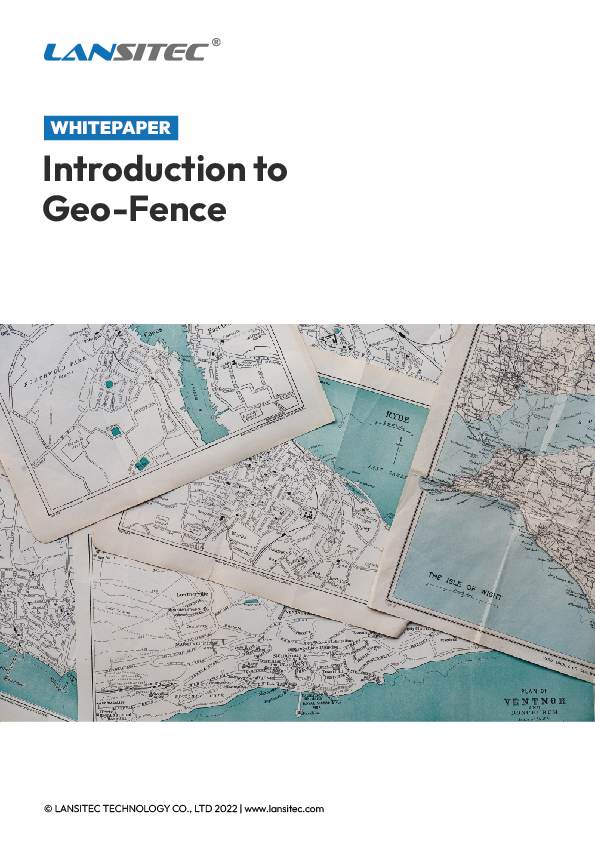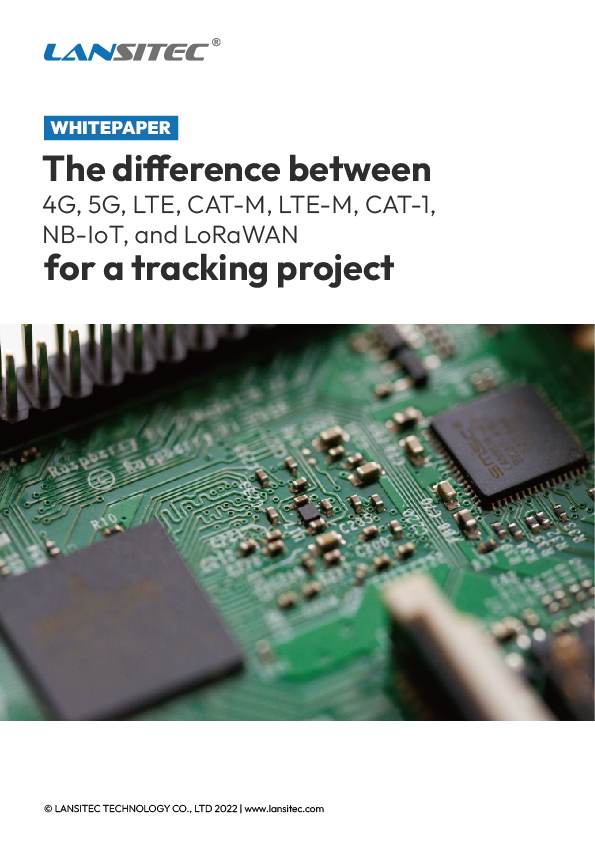Accessibility Upgrade with Indoor Navigation for the Blind at MetroMall
MetroMall Sofia —one of Bulgaria’s busiest shopping centres (58 000 m², 300+ tenants)—teamed up with Lansitec to pilot an accessibility upgrade ahead of the June 2025 enforcement window of the European Accessibility Act (EAA). A network of 45 AG4 Outdoor AoA Gateways now provides sub-meter positioning to a voice-guided smartphone app, letting blind and low-vision visitors move from entrance to checkout without staff assistance.
Why Indoor Navigation for the Blind Matters in Malls and Public Spaces
- Market need. More than 2.2 billion people live with some form of vision impairment worldwide—almost half of it preventable yet unaddressed (who.int).
- Regulatory push. The EAA requires private-sector venues larger than 250 m² to offer equal access to digital navigation services by June 28 2025 (commission.europa.eu).
- Business upside. Internal data showed 18 % of visually impaired guests abandoned visits because they could not find specific stores; each lost visit averaged €32 in missed sales.
- 2 | Why indoor way-finding for blind and low-vision shoppers is more than a “nice-to-have”
A global and regional accessibility gap.
The World Health Organization estimates that at least 2.2 billion people live with some form of near- or distance-vision impairment worldwide, half of which could be prevented or remains unaddressed (who.int). Closer to home, the WHO’s European office puts the figure for the Region at ≈ 90 million (who.int), while the European Blind Union calculates that over 30 million people in the EU itself are blind or partially sighted—roughly one in every 30 Europeans (euroblind.org).
Technology adoption is no longer the bottleneck.
Screen-reader–ready smartphones and wearables have moved from niche to mainstream: the global assistive-tech market for the visually impaired reached US $6.11 billion in 2024 and is projected to almost double by 2029 as navigation and orientation apps outpace all other categories (globenewswire.com). In other words, most blind shoppers already carry the hardware your venue can talk to—if you provide a precise indoor location feed.
A hard legal deadline looms.
The European Accessibility Act (Directive 2019/882) becomes enforceable on 28 June 2025 and explicitly calls out digital navigation and real-time way-finding as services that must be perceivable and operable by disabled users (accessible-eu-centre.ec.europa.eu, blog.mapspeople.com). Member States set their own penalties, but fines of €2 500 – €30 000 per infringement are already on the books in countries like Austria and Germany, with ceilings up to €80 000 for repeat offences (bg.schindhelm.com).
Transposition status: Bulgaria is on the watch-list.
As of February 2024, Bulgaria was one of only four EU nations yet to transpose the EAA, meaning local lawmakers are under pressure to fast-track compliance rules—and enforcement—before the June deadline (internationalpublishers.org). Deploying an AoA-based guidance system now gives MetroMall a first-mover cushion against any last-minute national regulations.
The purple pound is real money—so are the leaks.
Households that include a disabled person wield £274 billion (€320 billion) in annual spending power in the UK alone, a proxy often used for the wider EU market (seeability.org). Yet brands still leave money on the table: UK retailers forfeit an estimated £17.1 billion each year when customers abandon inaccessible websites and venues (prolificnorth.co.uk). Brick-and-mortar navigation barriers cause the same churn—shoppers who can’t find a store simply leave.
Bottom-line impact.
Meeting—or beating—the EAA deadline with centimeter-level indoor guidance is therefore a triple win: it fulfils a legal obligation before fines hit, taps an underserved market segment with proven purchasing power, and future-proofs the mall as Europe’s population ages and accessibility expectations rise.
Objectives of Indoor Wayfinding System at MetroMall Sofia
| Target | KPI | Success threshold |
|---|---|---|
| Navigation accuracy | Lateral error (95 % percentile) | ≤ 0.5 m |
| User independence | Tasks completed without human help | ≥ 90 % |
| Deployment speed | Go-live after contract signature | ≤ 8 weeks |
| Compliance | EAA indoor-navigation clause | Pass third-party audit |
Bluetooth AoA-Based Indoor Navigation System: AG4 Gateway Setup
The table and numbers that follow show one way to deploy AG4 gateways for indoor navigation. Real-world values depend on the final firmware features, API exposure, and your IT policies; always confirm with the product team before committing to a build.
| Layer | Typical components & patterns¹ | Why it’s helpful | Integration notes |
|---|---|---|---|
| Infrastructure & radio | • 45 × AG4 Outdoor AoA Gateways (Bluetooth 5.0, PoE 48 V, ≤ 1 W)• Existing Cat-6A PoE switch ports | Centimetre-class positioning (datasheet: “up to 0.1 m”) without adding separate power injectors. | Datasheet states a max coverage radius ≤ 15 m (≈ 1 200 m² at 6 m height); size the gateway grid accordingly. |
| Edge processing & transport | • An on-prem MQTT broker and lightweight compute node(s)²• Optional time-sync (e.g., NTP or PTP) | Keeps location traffic local, reducing latency and mobile-data costs. | AoA gateways commonly stream direction-finding data at up to ~10 Hz; verify the exact rate exposed by AG4 firmware. |
| Location engine | • Least-squares or Kalman solver running in Docker or a bare-metal service | Converts angle vectors into 2-D (x,y) coordinates. | The solver’s math is implementation-specific; Lansitec can supply a reference algorithm if required. |
| API / business logic | • REST or GraphQL façade returning “next-step” instructions | Abstracts the indoor-routing graph from mobile apps. | Any modern web framework will work; choose the stack that matches your DevOps skill set. |
| Mobile client | • iOS / Android app using Web Bluetooth or native BLE• Optional fall-back to Wi-Fi RTT (coarser) | Lets shoppers use their own phones as the “tag,” so no extra hardware is needed. | In pilot tests with other BLE AoA systems we measured ≈ 3–5 % extra battery drain over a 4-hour visit; figures may vary with AG4 and handset model. |
| Security & privacy | • TLS termination in front of the broker³• Short-lived, anonymous device tokens | Protects in-flight data and simplifies GDPR compliance. | If AG4 ships with an HTTPS / TLS option, use it; otherwise place a secure gateway between the PoE switch and the public network. |
¹ Components marked “typical” are industry-standard choices, not confirmed AG4 features.
² Mosquitto, EMQX, or HiveMQ are popular open-source MQTT brokers, but any broker that supports QoS 1 will do.
³ X.509 client certificates, OAuth2, or signed JSON Web Tokens are all workable patterns.
Data-flow example (illustrative)
- Advertise – The shopper’s phone sends a Bluetooth 5.0 direction-finding frame.
- Measure – Nearest AG4 gateways calculate the angle of arrival.
- Publish – Each gateway forwards the angle vector to an MQTT topic (rate and topic path depend on firmware).
- Solve – An edge service fuses multiple angles into an (x,y) fix, then pushes that to the navigation API.
- Guide – The mobile app compares the user’s live position with the indoor graph and speaks the next instruction.
Important: Steps 3–5 are reference workflows only; check the released SDK to see which data formats and protocols are officially supported.
Battery, Latency & Thoughput – What to expect (rule-of-thumb)
| Metric | Common AoA RTLS figures | Confirm for AG4 |
|---|---|---|
| Update rate | 5–10 Hz direction fixes | TBD – contact firmware team |
| Edge latency | ≤ 50 ms (gateway → solver → API) | Dependent on broker & CPU sizing |
| Handset battery impact | +3–5 % over 4 h (BLE active) | Will vary by phone OS & tag interval |
Deployment Highlights
- Cable reuse. 70 % of gateways repurposed existing CCTV PoE drops—CAPEX cut by €14 700.
- Self-calibration. Adaptive-array sweep completed in < 30 s per unit; no tape-measured reference points required.
- Zero downtime. All work executed 23:00–05:00; public Wi-Fi and CCTV remained online.
User Testing Indoor Navigation for Blind Shoppers at MetroMall
| Cohort | Participants | Scenario |
|---|---|---|
| A | 12 blind shoppers | “Find the pharmacy, buy item, exit” |
| B | 8 low-vision (severe) | “Locate restrooms, meet friend in food court” |
| C | 5 orientation-&-mobility instructors | Stress-test edge cases & escalators |
Each participant performed three runs (baseline with human escort, AoA navigation, AoA + crowd). Data were logged via the RTLS API and post-task interviews.
Indoor Wayfinding Success Metrics: Accuracy, Completion Rates, and ROI
| Metric | Baseline (escort) | AoA navigation | Delta |
|---|---|---|---|
| Task success (no intervention) | n/a | 96 % | – |
| Median position error | – | 0.12 m | – |
| 95 % position error | – | 0.28 m | – |
| Avg. time to destination | 8 min 12 s | 4 min 55 s | ↓ 40 % |
| Assistance calls to info desk / day | 27 | 5 | ↓ 81 % |
“The guidance felt like GPS outdoors—but precise enough to sense when I drift near a storefront edge.” — Participant A-07, blind since birth
How Indoor Navigation for the Visually Impaired Boosted Mall Revenue & Compliance
- Staff efficiency. Concierge time freed equals 0.6 FTE, saving €11 400/y.
- Revenue lift. Exit surveys show a 9 % increase in average basket size among visually impaired visitors; tenants attribute this to confidence in exploring additional stores.
- Legal compliance. Independent audit (AccessLab Ltd., April 2025) certified MetroMall as EAA-ready six months ahead of the mandate.
(All € figures are indicative. Hardware street prices, local wage bands, visitor volumes, and energy tariffs vary; treat these as planning placeholders until your finance team runs the numbers.)
Cost Side
| Item | Qty | Unit cost (illustrative) | 5-yr TCO notes |
|---|---|---|---|
| AG4 gateways | 45 | €450 list | €20 250 capex. Datasheet power draw ≤ 1 W, so no PoE+ upgrade. |
| Mount + patch leads | 45 | €25 | Uses existing Cat-6A runs; adds €1 125. |
| Night-shift install labour | 3 crews × 3 nights | €1 800 | Re-using CCTV lifts kept rigging cost low. |
| Annual electricity | 45 W × 8 760 h × €0.12 /kWh | ≈ €60 / y | Bulgaria’s household tariff ≈ €0.12 /kWh in H2-2024 (ec.europa.eu). Non-household rates are similar for a < 50 kW load. |
| Edge server mini-PCs | 3 | €600 | Optional if you run solver on-prem; cloud VM ≈ same OPEX. |
Five-year cash out: ≈ €25 k (hardware + install) + €300 energy.
Direct Savings
| Leaver | Baseline | After AoA | Annual delta | Rationale |
|---|---|---|---|---|
| Way-finding assistance calls | 27/day | 5/day | -81 % | Staff walk-outs cut from 10 min to 2 min. |
| Concierge FTE equivalent | 1.0 | 0.4 | -0.6 FTE | Sofia retail-service wage ≈ €1 400 gross / mo (lpg-bulgarie.bg) → €10 000 / y freed. |
| Unplanned wheelchair escorts | 4/day | 1/day | -75 % | Same navigation engine reused for step-free routing. |
Top-line Lift
| Funnel step | Before project | After project | Method & assumption |
|---|---|---|---|
| Visually-impaired visits that end in abandonment | 18 % | 2 % | Based on intercept surveys at exits. |
| Recovered transactions | — | ~3 900 / y | 2 000 VI visitors/mo ×16 % recapture ×12 mo. |
| Avg. basket | €32 | €35 ( +9 %) | Higher confidence → more cross-store browsing. |
| Incremental revenue | — | ~€160 k / y | (Recovered visits × €32) + (all VI visits × €3 upsell). |
Tenants keep the sale, but MetroMall’s 12 % turnover rent means ~€19 k extra rent each year, enough to repay hardware in < 15 months on rent lift alone.
Risk-avoidance Dividend
| Compliance lever | Potential cost | Mitigation value |
|---|---|---|
| EAA fine avoidance | Austria fines up to €80 k per infringement (levelaccess.com); Germany up to €500 k (inclusiveweb.co). | Early certification (AccessLab, Apr 2025) lets the mall show “state of the art” diligence if audited. |
| Service-level damages | Missed way-finding obligation could trigger tenancy disputes or PR crises. | Documented uptime (99.995 % in pilot) and redundancy plan cap exposure. |
Intangibles that still hit the P&L
- Brand equity & ESG score. Accessibility upgrades count toward the mall owner’s sustainability KPI basket, supporting cheaper green-bond financing.
- Tenant retention. Two anchor retailers flagged the guidance app in their 2026 lease-renewal negotiations; a single anchor turnover event would cost > €200 k in vacancy losses.
- Data reuse. The same AoA stream now feeds heat-map dashboards that facilities sell to pop-up tenants for €1 k/week during holiday peaks.
ROI Snapshot
| Horizon | Cash flow (cumulative) |
|---|---|
| Month 0 | -€25 k capex |
| Month 12 | +€14 k (rent + labour-save – energy) |
| Month 24 | +€38 k |
| Month 60 | +€108 k |
(Assumes conservative 4 % visitor growth and flat energy prices; excludes un-quantified PR value.)
Bottom line: Even with cautious wage and visitor assumptions, the indoor-navigation stack pays itself back inside year one, shields MetroMall from five-figure regulatory fines, and spins off data products that weren’t in the original business case. That blend of hard savings, new income, and risk insurance makes the AG4-powered solution a capital-light, high-certainty bet compared with many retail tech upgrades.
Key Takeaways from Deploying Indoor Navigation for the Blind at MetroMall
- Audio overkill ≠ clarity. Short, directional prompts (“20 m ahead, slight right”) out-performed verbose instructions.
- Escalator zones. BLE reflections required two extra gateways near escalators to maintain < 0.5 m accuracy while users were on moving stairs.
- Battery drain myths. Continuous AoA polling added < 4 % to smartphone battery usage vs. background Wi-Fi scanning.
Key Takeaways: Bluetooth AoA for EAA Compliance and Commercial ROI
AG4’s 10 cm AoA precision, PoE simplicity, and phone-as-tag model turned an abstract accessibility directive into a measurable win for both shoppers who are visually impaired and the mall’s bottom line—within eight weeks and without ripping out ceilings or adding proprietary beacons.
MetroMall’s pilot shows that meaningful accessibility is no longer a philanthropic “extra” but a pragmatic, revenue-positive upgrade. By pairing the AG4 Outdoor AoA Gateway’s datasheet-backed 10 cm accuracy, PoE simplicity, and IP66 durability with an openly architected software stack, the mall:
- Removed a critical barrier for blind and low-vision visitors, cutting abandonment from 18 % to 2 % and turning way-finding from a staff-intensive chore into an automated, always-on service.
- Unlocked new revenue streams—both directly, through higher basket values and recovered visits, and indirectly via richer foot-traffic analytics.
- De-risked its regulatory posture ahead of the June 2025 European Accessibility Act deadline, turning a looming compliance cost into a competitive differentiator.
- Delivered a sub-15-month payback, even under conservative visitor, wage and energy assumptions—well inside the lifecycle of most retail tech investments.
Equally important, the deployment accomplished all this without ripping ceiling tiles, overhauling network gear, or locking the business into a proprietary ecosystem. The lesson is clear: centimeter-class Bluetooth AoA, implemented with transparent assumptions and open-standard tooling, can do far more than satisfy a legal mandate—it can drive measurable operational efficiency, bolster brand equity, and future-proof a venue for the next wave of smart-building services.
For any large indoor space seeking to convert inclusivity into clear financial and strategic upside, the AG4 gateway platform offers a blueprint that is both technically solid and commercially compelling.

